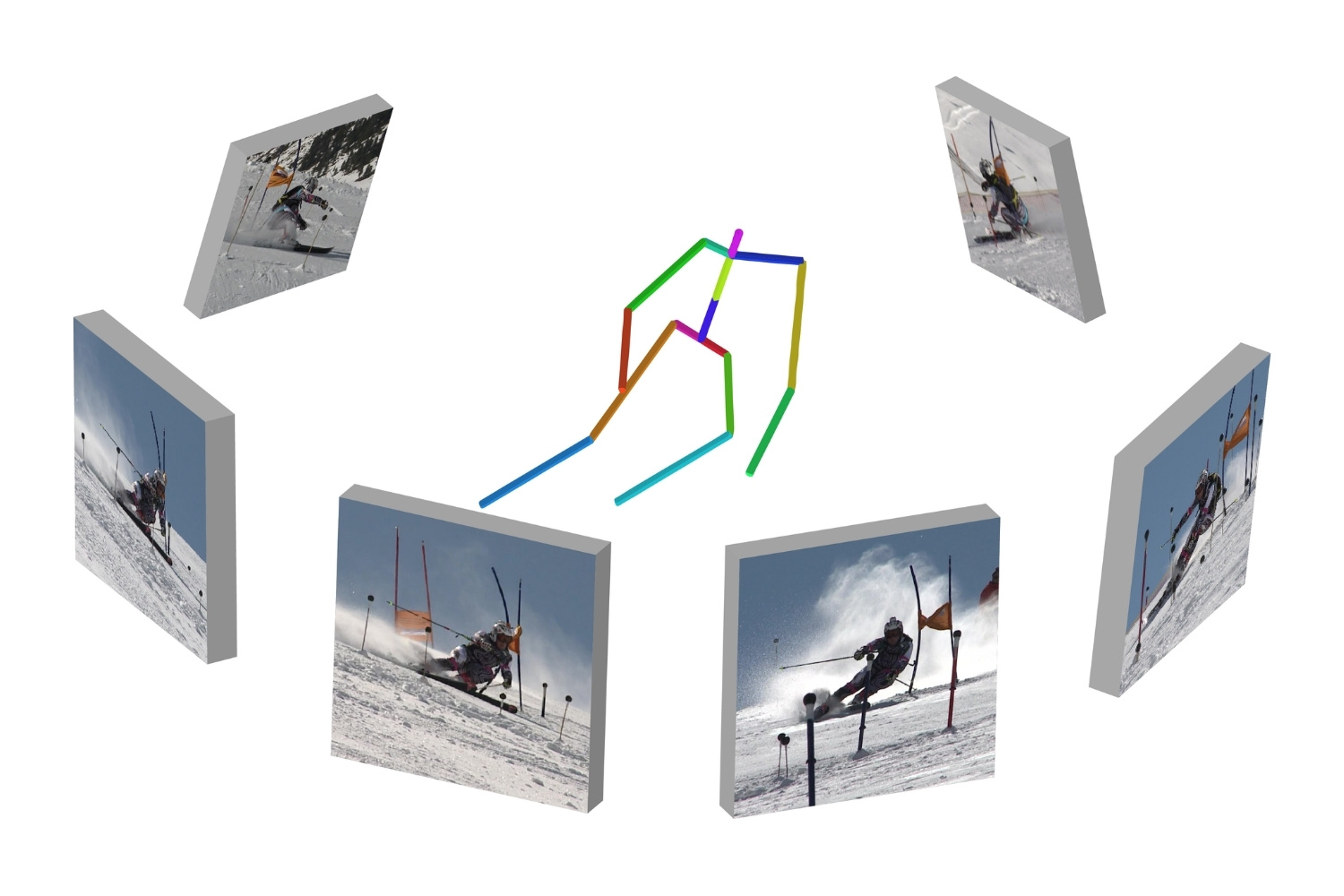
Multi-view Stereo (MVS) is a powerful technique in computer vision that reconstructs 3D models from multiple 2D images. But what makes MVS so special? This method captures intricate details and textures, making it invaluable for applications like virtual reality, archaeology, and even autonomous driving. Imagine turning a series of flat photos into a lifelike 3D model—that's the magic of MVS. Whether you're a tech enthusiast, a student, or just curious, understanding MVS can open up a world of possibilities. Ready to dive into some fascinating facts about this technology? Let's get started!
What is Multi-view Stereo?
Multi-view Stereo (MVS) is a technique in computer vision that reconstructs 3D structures from multiple 2D images. It’s like piecing together a 3D puzzle using photos taken from different angles. This method is widely used in fields like archaeology, robotics, and virtual reality.
- MVS uses multiple images to create a 3D model. The more images you have, the more detailed the model becomes.
- Algorithms play a crucial role in MVS. They analyze the images to find common points and stitch them together.
- MVS can work with any camera. You don’t need specialized equipment; even a smartphone can capture the necessary images.
- It’s different from stereo vision. While stereo vision uses two images, MVS uses many, providing more accuracy.
- MVS is computationally intensive. Processing multiple images to create a 3D model requires significant computing power.
Applications of Multi-view Stereo
MVS isn’t just a cool tech trick; it has real-world applications that make a difference in various industries.
- Archaeologists use MVS to create 3D models of excavation sites, preserving details that might be lost over time.
- In robotics, MVS helps robots navigate by understanding their environment in three dimensions.
- Virtual reality (VR) benefits from MVS by creating immersive 3D environments from real-world scenes.
- Film and gaming industries use MVS for creating realistic 3D models and environments.
- MVS aids in medical imaging, providing detailed 3D models of organs and tissues for better diagnosis and treatment.
How Multi-view Stereo Works
Understanding the mechanics behind MVS can shed light on its capabilities and limitations.
- Feature matching is key. MVS algorithms identify common features in different images to align them correctly.
- Depth maps are generated from the aligned images, showing the distance of each point from the camera.
- Point clouds are created from depth maps, representing the 3D structure with numerous points.
- Surface reconstruction turns point clouds into a continuous 3D surface, making the model more realistic.
- Texture mapping adds color and detail to the 3D surface, using the original images.
Challenges in Multi-view Stereo
Despite its potential, MVS faces several challenges that researchers are continually working to overcome.
- Occlusions can be problematic. Objects blocking each other in different images make it hard to create accurate models.
- Lighting variations affect the consistency of images, complicating the feature matching process.
- Reflective surfaces can confuse algorithms, as reflections change with the viewing angle.
- Computational cost is high, requiring powerful hardware and efficient algorithms.
- Scalability issues arise when dealing with very large scenes or datasets.
Advancements in Multi-view Stereo
Recent advancements are pushing the boundaries of what MVS can achieve, making it more efficient and accurate.
- Machine learning integration is improving feature matching and depth estimation.
- Cloud computing allows for handling larger datasets and more complex computations.
- Real-time processing is becoming possible, enabling applications like live VR environments.
- Improved algorithms are reducing the impact of occlusions and lighting variations.
- High-resolution cameras provide more detailed images, enhancing the quality of 3D models.
Future of Multi-view Stereo
The future of MVS looks promising, with potential developments that could revolutionize various fields.
- Autonomous vehicles could use MVS for better navigation and obstacle detection.
- Smart cities might employ MVS for urban planning and infrastructure maintenance.
- Augmented reality (AR) could benefit from more accurate and detailed 3D models.
- Environmental monitoring could use MVS to track changes in natural landscapes over time.
- Personalized healthcare might leverage MVS for custom prosthetics and implants based on precise 3D models of patients’ bodies.
Final Thoughts on Multi-view Stereo
Multi-view stereo (MVS) is a game-changer in 3D reconstruction. It uses multiple images to create detailed 3D models, making it invaluable in fields like archaeology, architecture, and film. MVS stands out for its ability to capture intricate details and textures, providing a more accurate representation of objects and environments.
The technology isn't just for professionals. Hobbyists and educators can also benefit from its applications. With advancements in software and hardware, MVS is becoming more accessible, allowing anyone with a camera and computer to create stunning 3D models.
Understanding the basics of MVS can open doors to new creative and professional opportunities. Whether you're looking to preserve historical artifacts, design virtual environments, or simply explore the world of 3D modeling, MVS offers a robust and versatile toolset. Dive in and see where your imagination takes you.
Was this page helpful?
Our commitment to delivering trustworthy and engaging content is at the heart of what we do. Each fact on our site is contributed by real users like you, bringing a wealth of diverse insights and information. To ensure the highest standards of accuracy and reliability, our dedicated editors meticulously review each submission. This process guarantees that the facts we share are not only fascinating but also credible. Trust in our commitment to quality and authenticity as you explore and learn with us.
